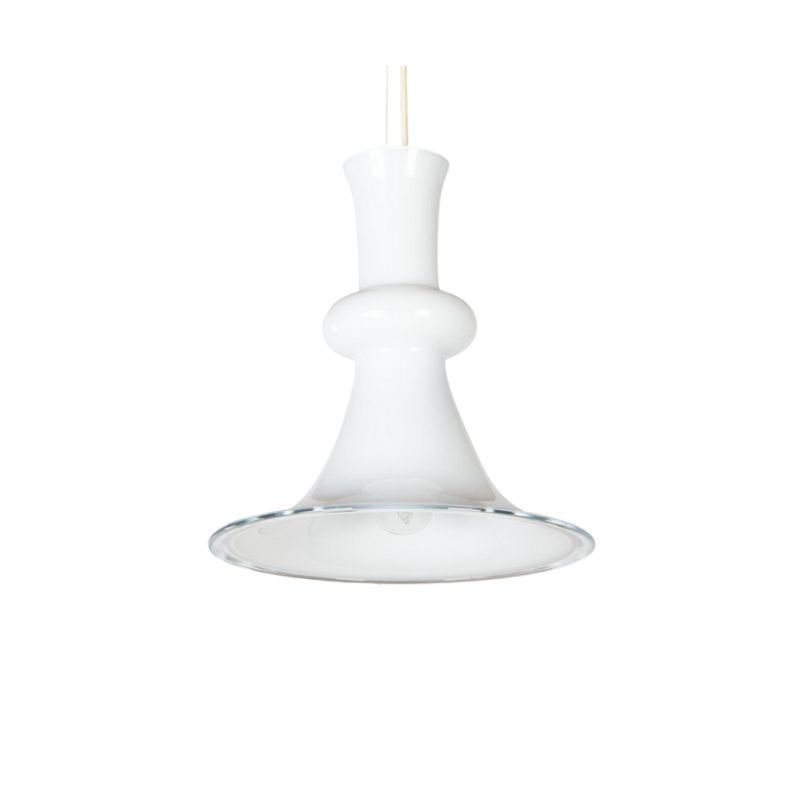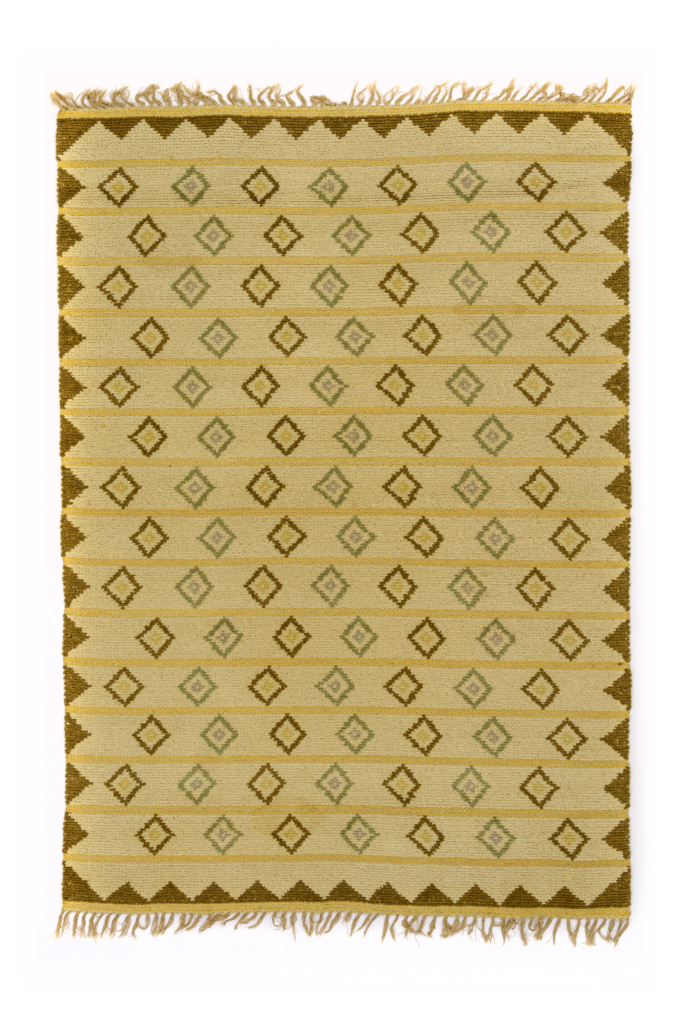I've a Nelson desk with some veneer damage to the corners. Are my options limited to transplantation? It's a vintage drop leaf. I've been putting it off long enough. There are certainly more inconspicuous areas to transplant from. But I think even if I did so, it would still bother me knowing the imperfections were there. And honestly, I've never seen a veneer "patch" repair I was impressed with. GOD HELP ME!
The only way
(dangerous words, I know) to invisibly repair any kind of wood product with new or transplanted material, is for there to be no seams that run across the grain (as opposed to parallel with it). So, if the damaged veneer is at the corners of a panel, for the repair to be invisible a strip of veneer running the whole length of the top, from one end to the other and including the damaged areas, would have to be installed -- after first routing off the relevant existing strip of veneer.
Thus, the same rule that governs strength of repair in solid wood -- glue side grain to side grain, not end grain -- curiously applies to the aesthetic success of a veneer repair -- make no repair that crosess the grain.
So, it would not work to remove just the corners of the panel, where the damage is, and patch in new or transplanted veneer.
If you were to admit a slight re-design of the piece, then a strip of veneer a couple of inches wide at each end of the panel, using new veneer (because easier) and producing a so-called "breadboard" effect at the ends of the panel -- that is, grain that is placed at right angles to the principal grain of the piece -- might be an effective and practical solution. Of course, you won't have the original patina on this portion of the top. But that fact might be successfully disguised by the reverse of grain in the repair.
Finish of the new veneer would have to be carefully segregated from the adjacent original finish, of course, during the process. But even transplanting original veneer and finish (from where-- the back ? the color and patina would no doubt be different) will leave a seam without bridging finish. ?This will not be invisible, even with a perfect long-grain seam. Trying to do an invisible repair of this sort while preserving the original finish seems doomed to failure, to me. . .
My dad can do it, but...
he's a *very* skilled craftsman and is good at matching the graining and the stain/finish. I have never seen us mere mortals do it well. It's just so, so tricky. But, that said you are better off doing a transfer than using new wood. If you don't want to completely re-veneer or just live with it as is, I'd say it's your best choice. I'd imagine that SDR will weigh in with the same thought.
Thanks, SDR...
Informative as always. I figured it was a pretty ambitious endeavor. As for transplant prospects, the entirety of the cabinets are veneered including the back and inner exterior which is normally hidden by the desktop and chair. The upper portions of the back are hidden more so as the desktop extends a good six inches or so past the cabinet enclosures. More interestingly though is the fact that the entire bottom of the folding leaf is veneered, 90% of which is never visible.
Couple of quick phone photos of the chips below. They're both at the hinges of the drop leaf, on either side at each corner.
Is it worth a try?
Olive, can I fly your father in for the weekend?
Nah,
he hardly ever goes far from the nest...a bit of a homebody, my dad. Loves his shop and his den. The man's idea of a perfect day is 8 hours of puttering followed by dinner and a few fingers of single malt, a good book and Beethoven.
SDR is the resident wood genius, but if it were me I'd either do the transfer or just color match the underlying wood to soften the visibility of the chips. Simple, grasshopper, always keep it simple...
I must
say that I've not "transferred" veneer from one place on a furniture piece to another. Removing veneer that isn't already falling off is no walk in the park.
Has anyone here ever done that ? There is bound to be a considerable amount of damage to the area where the veneer was "stolen." And what do you intend to repair that with ?
I would not, myself, ever purchase or even accept as a gift a piece with that kind of damage, no matter how desirable the item -- because I have no illusions about what's involved in repair.
I repeat: An invisible repair of wood is not possible if a seam will cross the direction of the grain. How would you propose to make a patch -- with even the most perfectly-color-matched veneer -- that wouldn't involve a seam across the direction of the grain ?
Only an opaque painted faux grain job would have a hope of fooling the eye, in this case. And that would involve a very expensive expert.
I'm so sorry. Looks like an interesting piece.
If you were willing to alter the appearance of the piece, and employ the scheme I mentioned before -- a patch that went in the opposite grain direction from the rest of the panel -- might be acceptable. You would ideally want to disassemble the parts (is that possible ?) and use a router to removed the existing veneer on the "fingers" ov the damaged panel. I would use new oak veneer. Because you don't want to damage the rest of the panel, you would pre-sand the veneer (not the usual procedure).
In truth,
the damage I see here might be corrected with new oak, and paint. It's a ticklish job, for an expert or someone with a lot of time on their hands. But it's possible I guess to do the minimal amount of patching in. It might even be done with Bondo and a paint brush. I shiver. Bottom line: don't get yourself in this postion; life is too short !
Why do people treat furniture so carelessly ?
I've done a transfer once
with my dad's assistance we used gum turps and a bit of heat to soften the adhesive of the veneer on a shelf that we were removing from a piece and then used a flat razor blade to slice it off the underlayment. Pressed into cheesecloth and weighted it until dry. Then found the best grain match and fitted it into the damaged area. We went across the grain as as you say, SDR. It was visible upon close inspection. But not during daily use. And it made the pice a mich nicer table...it was an old funky '70s dinette and I ditched it after a few years.
Your dad
must have been confident that he knew what kind of adhesive was used. In the old days, heat would have worked on the hide glue that was commonly used -- one of its advantages to the cabinetmaker and veneer-worker was its ability to be softened with heat. No such luck with the rigid glues in use today: aliphatic or urea-formaldehyde resins, PVA, etc.
Contact adhesives can be softened with solvents -- but no manufacturer in his right mind would use those on wood products like veneer, in my experience.
A wiggly join across the grain has hope of being disguised, it's true. It's the dead straight line across the grain that's a target to the eye.
You may find a match
Try scouring your local thrift stores or junk shop for an otherwise worthless piece of like species veneered furniture from the same timeline. Woodcraft sells a router inlay set that you can use to cut any shaped pattern you want into the piece, and the positive inlay patch using the same template. If you make it a kidney shape or something odd shaped it won't be as obvious as a straight line and it will fit together like a jig saw puzzle. Much easier than trying to hand cut the patch...
Here's a link to the tool:
http://www.woodcraft.com/Family/2001391/Solid-Brass-Router-Inlay-Set.aspx
http://www.woodcraft.com/Family/2001391/Solid-Brass-Router-Inlay-Set.aspx
Good idea --
I've seen it done. The frustrating part is that no two trees are alike, and two examples of a given specie will vary in several ways, depending on how the wood was cut, and from which particular tree. Annual layers of spring and summer growth vary in width from year to year -- trees cut at the same time from the same forest will show the same variations in this particular -- so the grain has stripes of varying width. Then there's the natural color of the wood -- which also varies widely within the same specie -- and finally any color added by a particular stain and finish process. No wonder that furniture makers save scraps from a project until the piece or pieces are out the door -- and for a while after, often. No wonder too that the idea of robbing veneer from one place to use elsewhere on the same piece, makes so much sense.
So, it should be no wonder that material from "an otherwise worthless piece of like species veneered furniture" -- no matter which era it comes from -- will not necessarily yield the hoped-for match. . .though miracles do happen.
dear Lunchables,
I will take the opposite opinion on this one. While SDR and others are correct, I would advise the " life is too short" approach. I have had very acceptable results patching new veneer in and coloring where necessary. I have also collected veneer from trash furniture as well as wicker and rattan scrap. I can generally get a piece in the range of "you have to be looking for it" or better. I found if I lay the repair piece over the damaged area and cut both at once, I get a good gap free fit. This goes a long way toward making a patch blend. And I cant imagine I would ever opt for a transfer from some other part of the table. I guess I dont see this as being a tragic situation if you can buy into a there is no such thing as perfect philosophy. If I couldn't do that, I wouldn't touch vintage stuff. It would be some sorta evil anti zen situation for me.
If you need any help, please contact us at – info@designaddict.com









